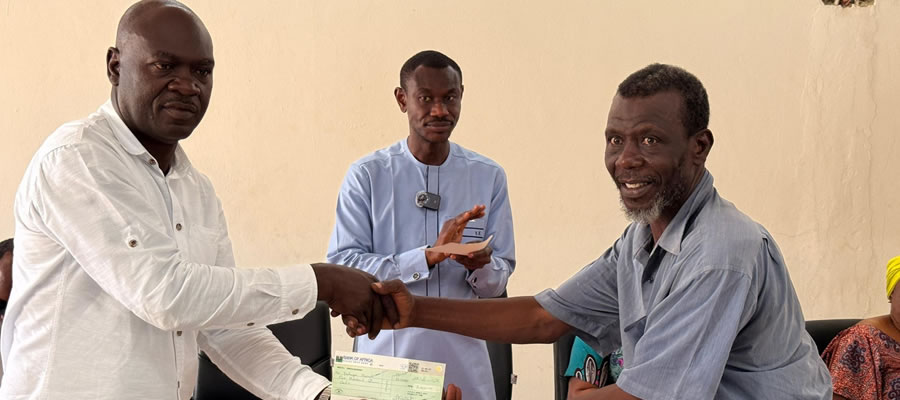

Location and Size
The Municipality covers a total land area of 23.91 km2 and it is located to the North-Eastern part of the Kumasi Metropolis. The assembly shares boundaries with Kumasi Metropolitan Assembly (KMA) to the East, South and West, Kwabre East Municipal to the North-West and Ejisu-Juabeng Municipal Assembly to the South-East. Although a small land size, the Municipality has a population of 304,815 (PHC, 2010) with 10 electoral areas namely; Aboabo No.1, Aboabo No.2, Adukrom, Akurem, Asokore Mampong, Sawaba, Asawasi, New Zongo, Sepe-Tinpom and Akwatialine Electoral Areas.
Figure 1.2 Map of Asokore Mampong in National Context
The natural environment comprises of elements in the Municipality that are endowed by nature. These elements include the geology, minerals, climate, soil, vegetation, relief and drainage. These natural elements have significant role in the development of the Municipal
Geology
The Asokore Mampong Municipality is falls within the Middle Precambrian Rock. The existence of this geological structure has led to the development of the construction industry which has impacted positively on the local economy. However, this activity is on a small scale and declining as a result of rapid urbanization.
Figure 1.5 Geological Map of Asokore Mampong Municipality
Climate
The climate of the municipality falls within the wet sub-equatorial type. The average minimum temperature is about 21.50C and the maximum average temperature is 30.7 0C. The average humidity is about 84.16 percent at 0900 GMT and 60 percent at 1500 GMT. The moderate temperature, humidity and the double maxima rainfall regime (214.3 mm in June and 165.2mm in September) have a direct effect on population growth and the environment. This has precipitated the influx of people from beyond the municipality and other parts of the country, chiefly because the climatic conditions are not harsh.
Relief and Drainage
The municipality lies within the plateau of the South–West physical region which ranges from 250-300 meters above sea level. The topography of the area is undulating, and is characterized by lowlands and highlands. The Aboabo River, Parko and Wewe streams are the main water bodies weaving through the municipality. However, biotic activities in terms of estate development, encroachments and indiscriminate waste disposal have impacted negatively on the drainage system in the Municipality.
Soil and Vegetation
The Municipal falls within the moist Semi-deciduous Ecological Zone. The major soil type is the Forest Ochrosol which is rich in nutrients that support tropical foodstuff cultivation. The high demand for residential properties however has displaced most agricultural lands.
Predominant species of trees found are Ceiba, Triplochlon, Celtis with Exotic Species. There are other patches of vegetative cover scattered over the peri-urban areas of the municipality.
Figure 1.7 Vegetation Cover in Asokore Mampong Municipality
Conditions of the Built Environment
The built environment also comprises the activities and infrastructure facilities that have been introduced by man to the natural environment. The built up area map of Asokore Mampong Municipality is shown below:
Recognizing and analyzing issues related to this component of the environment produces relevant information crucial to planning and development exercises. The elements of the built environment are discussed below.
Date Created : 6/4/2019 7:05:21 AM












 facebook
facebook
 twitter
twitter
 Youtube
Youtube
 +233 593 831 280
+233 593 831 280 0800 430 430
0800 430 430 GPS: GE-231-4383
GPS: GE-231-4383 info@ghanadistricts.com
info@ghanadistricts.com Box GP1044, Accra, Ghana
Box GP1044, Accra, Ghana